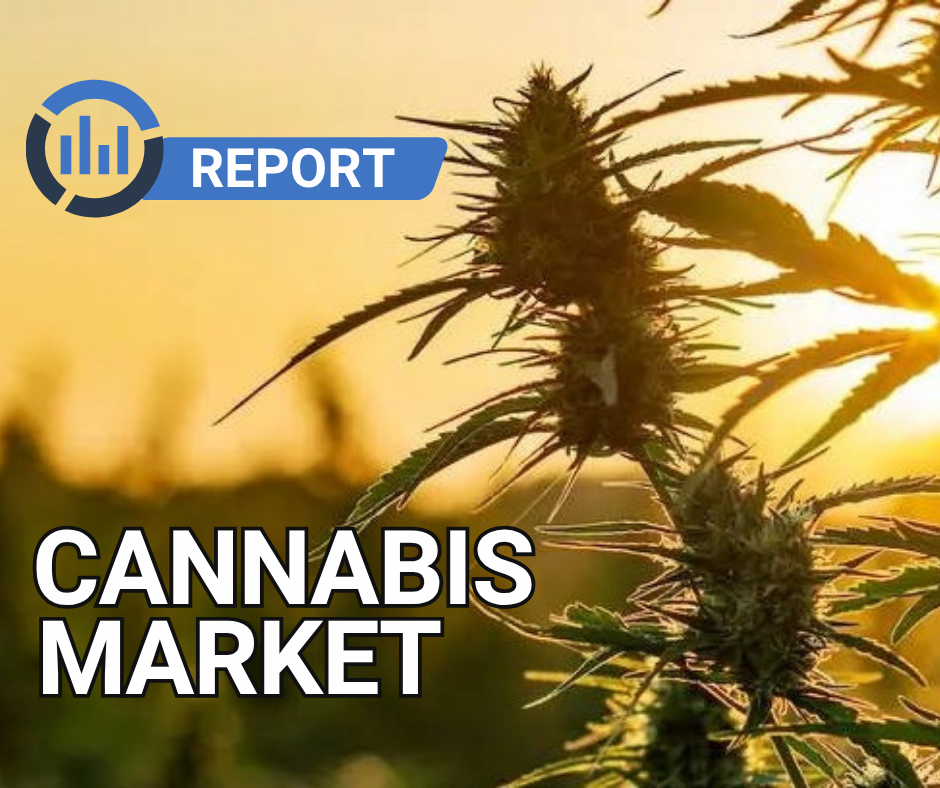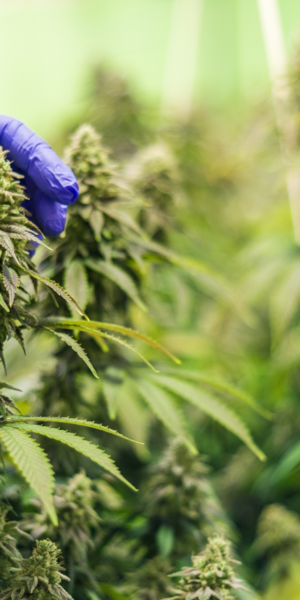Cannabis Industry Eyes Quadrupled Growth Through 2033, Research and Markets Reports
LOS ANGELES – A new report from Research and Markets forecasts the global Cannabis market will expand from $39.1 billion in 2024 to $151.72 billion by 2033, reflecting a compound annual growth rate (CAGR) of 16.26% over the next eight years. This projection, detailed in the firm’s latest analysis, attributes the surge to steady rises in consumer interest, fresh applications in healthcare, and shifts in government policies across key regions.
The 200-page study breaks down the market into distinct categories and top MSOs with medical Cannabis as the steady force. Demand for treatments targeting chronic pain, epilepsy, multiple sclerosis, and cancer-related symptoms continues to build, bolstered by clinical evidence and public health initiatives. Recreational and wellness segments trail closely, fueled by declining taboos and product innovations like beverages and edibles that cater to lifestyle, convenience, and precise dosing among millennials and Gen Z. On the compound side, THC-dominant and CBD-focused offerings lead, though balanced formulations and minor cannabinoid blends gain ground among discerning users. Beyond recreation and medicine, industrial hemp applications in textiles and bioplastics add further momentum.
Governments worldwide approve access programs, and CBD-infused wellness items tap new revenue streams. Meanwhile, North America anchors the expansion, where established markets in the United States and Canada generate the bulk of revenue. In the U.S., states like Virginia, Florida, Oklahoma, and Pennsylvania prepare to launch recreational sales in 2026-2027, while major MSOs extend operations internationally.
Europe follows with measured progress. Germany’s full legalization of adult-use Cannabis earlier this year has sparked investment, and the United Kingdom eyes approvals for multi-compound Cannabis medicines by 2026 as a non-opioid alternative for pain management. Asia-Pacific and Latin America round out the picture, with Thailand seeking a broader retail framework and Mexico advancing cultivation under federal authorization.
However, these numbers invite scrutiny. At a 16.26% CAGR, the forecast outpaces many commodity sectors but hinges on policy stability, a factor that has tripped up projections before. For context, the market grew at about 13-14% annually from 2020 to 2024, per industry trackers, suggesting the report’s optimism rests on accelerated adoption.
Yet analysts note headwinds too. Illicit suppliers, evading taxes, pressure prices in mature markets like North America, where legal operations face high overheads. Addressing these requires coordinated enforcement and quality differentiation from licensed producers.
Regulatory patchwork remains the wildcard. In the U.S., federal rescheduling efforts could unlock banking access and tax efficiencies, indirectly benefiting Europe by easing cross-border flows. Without it, fragmented state laws may cap interstate commerce, keeping growth below the headline figure.
For industry players, the path forward demands agility. Beverages, concentrates, pre-rolls, and edibles projected as top growers, reward brands that prioritize quality, transparency, and education over volume. Investors should weigh the report’s tilt against execution risks – policy reversals in emerging markets could trim the 2033 target by 10-15%, based on historical variances.
Generally, the forecast reinforces Cannabis’s trajectory as a mainstream staple, one where measured reforms and evidence-based medicine will define winners from the pack. Stakeholders would do well to monitor U.S. federal moves and European approvals in the coming quarters; those alignments could turn projections into reality.



































